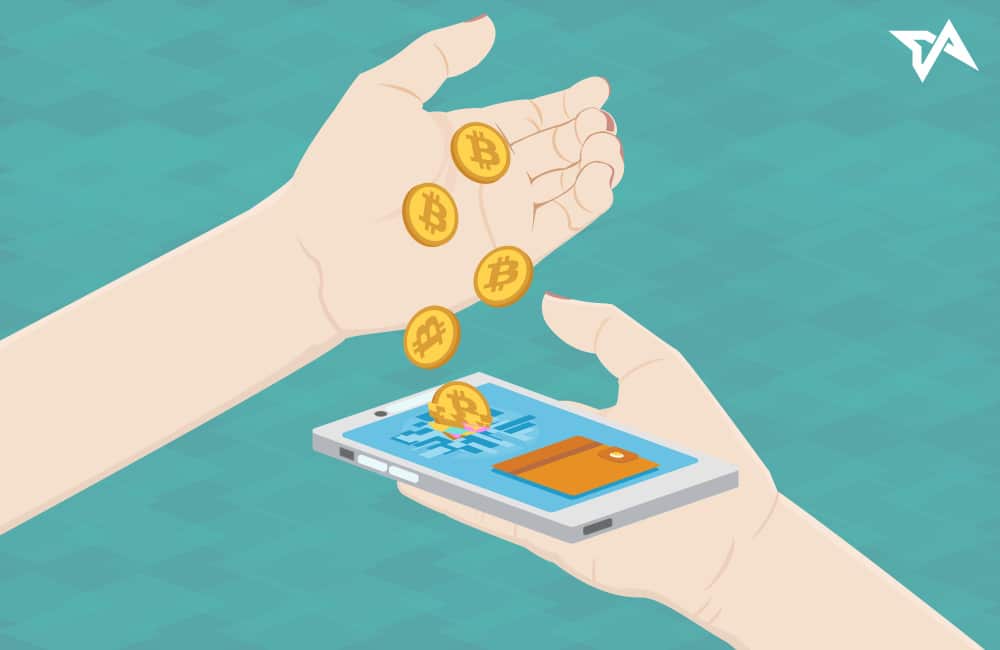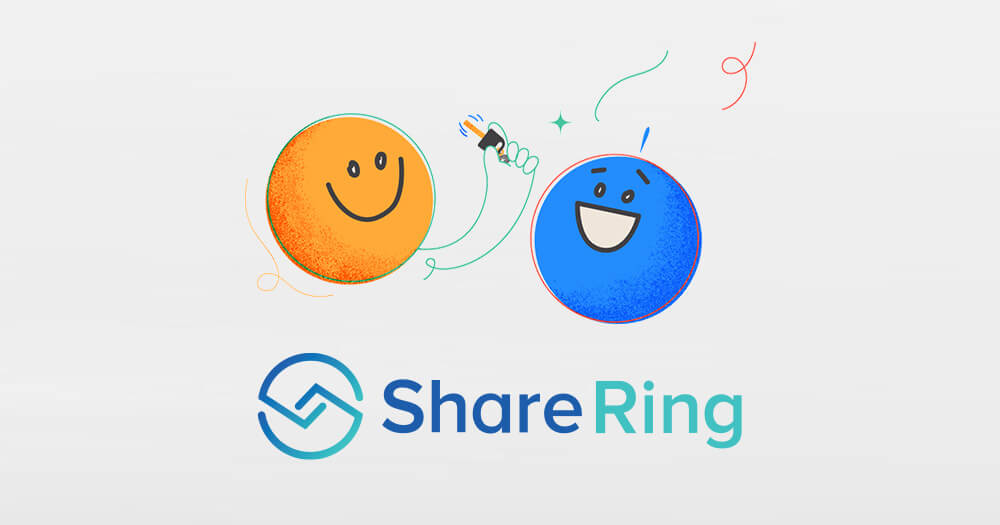At this point, you’ve probably noticed the explosion in blockchain startups pledging disruption to every conceivable industry and business model. It feels like every day new platforms issue an ICO that jumpstarts their business and adds to the collection of blockchain startups. The numbers bear this out as well. According to data compiled by CoinSchedule, after raising a record $3.8 billion in 2017, ICOs already raised $3.3 billion in the first two months of 2018.
Although they aren’t actually correlated, it’s understandable that so many people compare the crypto boom to the dot-com bubble of the late 90s. The growth is just so extraordinary.
However, for all the opportunity, there is relatively limited engagement from “traditional” investors and participants. In other words, while crypto and blockchain insiders are exceedingly enthusiastic, outsiders face several hurdles to entering the ecosystem.
For instance, many blockchain platforms require users to own the company’s native digital currency. As a result, users must open an account on one of the many crypto exchanges, sign up for a digital wallet, and go through the arduous process of procuring the necessary resources just to use a new service.
While blockchain startups offer a smattering of compelling reasons to join, sometimes the barriers to entry are just too prohibitive. What’s worse, for new users entering novel platforms, barriers don’t even have to be unusually high to keep people out.
Easy Entrance. More Customers.
One way to lower the barrier to entry is by using a dual coin system to manage a blockchain-based company. Using this model, platforms employ both a digital currency and a utility token to power the platform, and the benefits are obvious but noteworthy.
- Users do not need to purchase a specific digital currency before using the platform.
- Users can use credit cards to enter a system.
- Users do not need a background in blockchain to participate.
- Users are shielded from the dramatic price fluctuations that sometimes define crypto markets.
In this way, prospective users are more readily able to immediately sign up and join a blockchain platform, and that’s really good news for the companies and their users.
One example of this process already at work is ShareRing, a decentralized platform that brings different companies within the sharing economy into a single marketplace. While introducing the blockchain’s most profound features including smart contracts, decentralized security, easy value transactions, and verifiable records, ShareRing also uses a dual coin strategy that makes it easy for people to access and use their marketplace.
The SharePay (SHRP) token functions as the base currency that facilitates the goods and services that are exchanged on the platform. For instance, users can use the SHRP to pay a dog walker or to hail a ride from a partnering car service. Since its developers also launched Keas, a car-rental service operating around the world, there is a specific application for that company.
Its second token, the ShareToken (SHR) is the digital utility token that enables the ShareRing blockchain to log transactions. This is a crucial feature of the blockchain, but it’s especially relevant for the sharing economy. Perfect, verifiable, and immutable records are essential for guaranteeing service quality and service compensation. When used in conjunction with smart contracts, this makes for a significantly better user experience than the current offerings.

Bridging the Divide
Using a simple app interface, users can easily see their SHRP, SHR, and digital asset balance. The process and interfaces are similar to those experienced on mobile banking or service provider apps. According to data compiled by Statista, more than 57 million people use mobile banking apps, so ShareRing’s dashboard feels familiar and usable to a lot of people. It’s all part of an intentional attempt to bring more people to the blockchain and their platform.
Of course, blockchain technology is a transformative, and it doesn’t need to pretend to be a dinosaur so that people will give it a chance. However, for all its prolific expansion this year, it remains a relatively new technology, and getting nonbelievers to participate in the ecosystem is a critical next step. Platforms like ShareRing are integrating themselves into an already burgeoning market (estimates support a $335 billion market by 2025), and they are giving ordinary people an opportunity to experience the possibility of the blockchain using tools and systems that they are already comfortable with.
Many are saying that the blockchain will ultimately supplant cryptocurrency as the dominant and valuable component of the crypto economy. With each new platform, that assumption proves more and more accurate. ShareRing is doing its part by bridging the divide between possibilities of the blockchain and the millions of users who are waiting to experience it.



